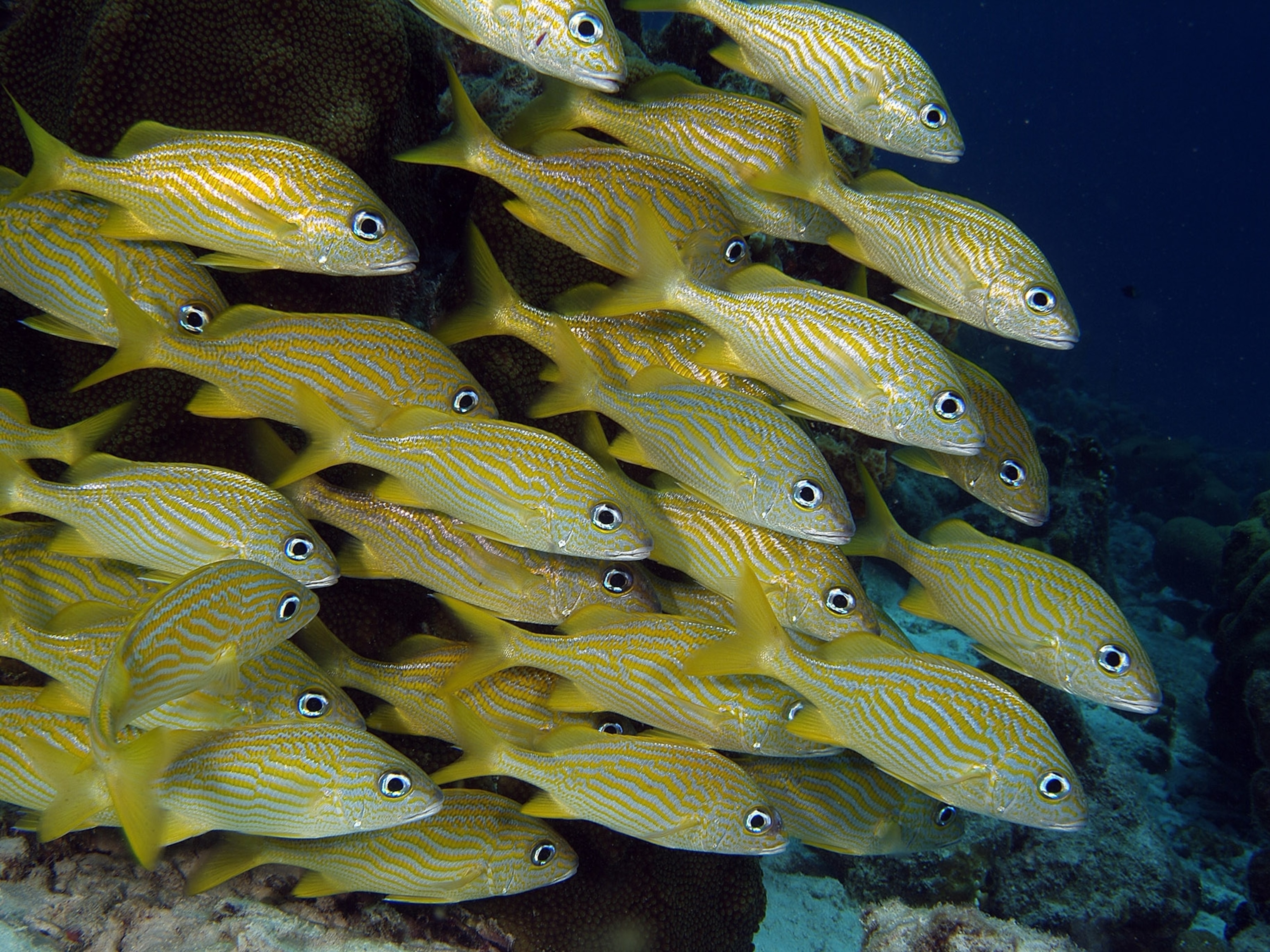Tropical Ocean Animals Adaptations

PowToon is a free.
Tropical ocean animals adaptations. They must find a way to breathe underwater and intake the salt water so amimals have adapted and grown gills. Pinnipedsswim by paddling their flippers. Encourage students to think about adaptations in marine animals related to obtaining food providing camouflage or safety from predators or dealing with changes in temperature salinity pressure lack of sunlight and need for oxygen.
Some of the most amazing adaptations are from ocean animals like sharks jellies starfish stingrays and dolphins. Have students identify animal adaptations in a National Geographic photo gallery. Animals such as polar bears have fur even covering the soles of their feet.
The sloth uses camouflage and moves very slowly to make it. Because the reefs offer natural protection to many of the fish many interesting adaptations. Most animals and plants must survive here so of course they must adapt.
Many aquatic turtles such as mud and musk turtles can swim enough to survive but they are better suited for walking along the bottom of ponds rivers and swamps. Blowholes an opening on the top of the head thats used for breathing. Many beautiful and fragile animals have adapted to the warm waters of coral reefs.
Sharks are very good at finding food. Water depth temperature and the presence or absence of light are some of the conditions that differ in these habitats. Other plants like orchids bromeliads and ferns grow as epiphytes high up in the canopy where there is more sunlight.
To do this populations of animals. These adaptations enable the organism to regulate their bodily functions such as breathing and temperature and perform special functions like excreting chemicals as a defence mechanism. Some marine mammals such as whales migrate over large distances and may spend time in a combination of arctic tropical and temperate waters.


















